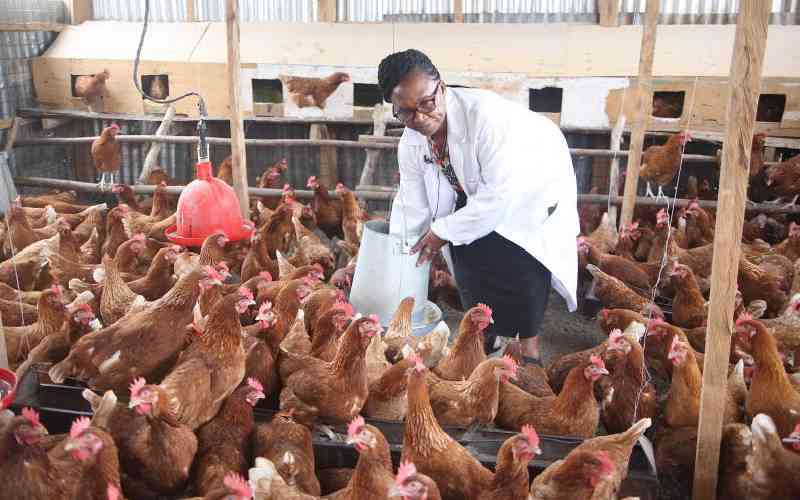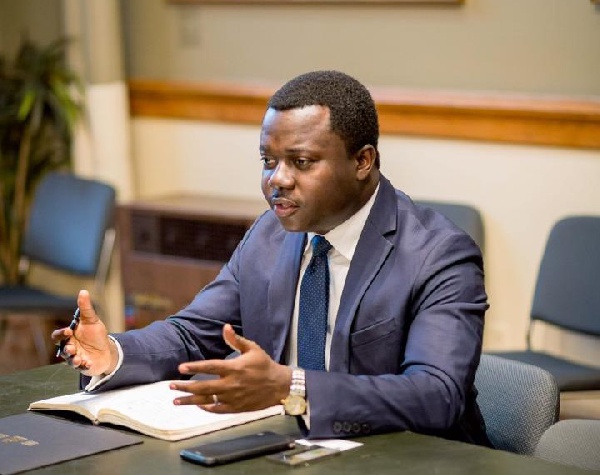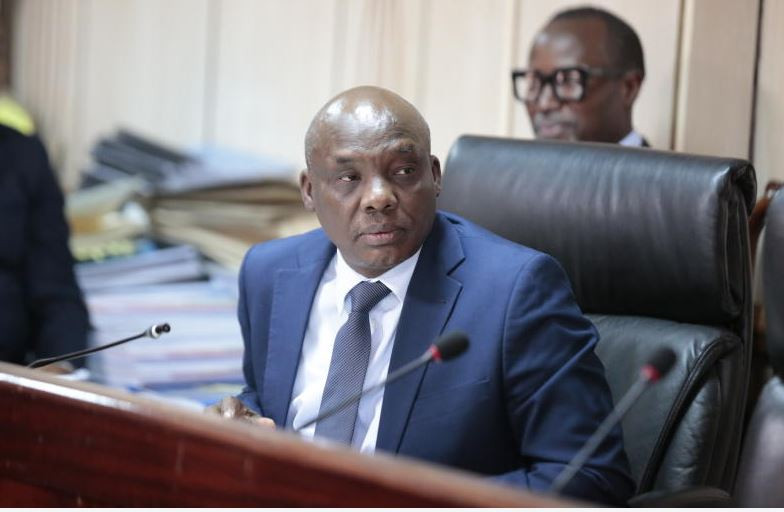Ranking Current Spurs on Their March Madness Impact
March is a time when college basketball players get the chance to shine.
Every year, millions of fans tune in to March Madness to watch young talents compete for the National Championship and hope to get a perfect bracket. Many coaches and scouts also watch in hopes of finding the next generation of NBA talent.
Expectations are always high, with many teams having a history of success in the tournament, while others try to pull off upsets and become the next Cinderella story.
Players from lesser-known teams, like Doug Edert and Jack Gohlke, have made names for themselves during the tournament. Others have successfully made it to the NBA, continuing to show they can play beyond March.
This list will rank the players on the current San Antonio Spurs roster on their time in March Madness. The ranking will be based on their impact, team success, and overall performance.
Spurs with no March Madness experience:
Mamu played college basketball for four years at Seton Hall, where he appeared in two March Madness tournaments in 2018 and 2019.
For many players, you never want to forget your first time playing in March Madness. However, for Mamu, it is likely something he would prefer to forget, as in 2018 in the opening round he finished with zero points and fouled out in only 12 minutes. Seton Hall managed to win but would go on to lose in the next round.
In 2019, Seton Hall would lose in the opening round, but Mamu had a better showing, scoring eight points and getting seven rebounds. His lack of production through three games and team performance give him the number 13 spot in the rankings.
Vassell played two years at Florida State, where he didn’t get increased minutes until his second season. Florida State appeared in March Madness in 2019 during Vassell’s freshman year.
That year, Florida State was a four-seed and made it all the way to the Sweet 16. Throughout the three games played, Vassell averaged three points per game. He didn’t contribute much as he had limited minutes and wasn’t efficient in his given moments. While the team made a run, Vassell did not contribute.
In 2020, Vassell had more opportunities and stepped up his game, averaging 12.7 points per game. Florida State also had a great season and wanted to make a deep March Madness run. However, due to COVID-19, the tournament was canceled that year.
Minix played one season at Morehead State, where he was the team’s star player. He was a great scorer and a tremendous rebounder. His regular-season performance earned the team the 14th seed in the tournament.
In March Madness, Minix continued to lead his team in scoring with 27 points. However, Morehead State lost the opening round to Illinois. While Minix was a big part of this team’s success, his scoring was not enough to pull off an upset and make a run. He also contributed five rebounds in the contest, which is almost half of his season average.
Wesley played for Notre Dame in his only collegiate season. That season, the Fighting Irish appeared in the 2022 March Madness tournament after missing out on it for four years.
That year, the team had to compete in the First Four, where they beat Rutgers in double overtime to become the 11 seed. They would then go on to upset number six Alabama, where Wesley would score 18 points on 57 percent shooting.
They then advanced to the second round, losing to Texas Tech. In the three games, Wesley averaged 12.3 points and five rebounds per game. As a solid contributor to the team and winning his first two games, Wesley earns the No. 10 spot.
McLaughlin played four seasons at the University of Southern California, appearing in March Madness in 2016 and 2017.
In 2016, the Trojans were the eighth seed and fell one point short of a first-round victory. McLaughlin would finish with 15 points, five rebounds, five assists, and four steals.
In 2017, they appeared again, this time as the 11 seed after winning a first-four matchup against Providence, the team that beat them in the first round a year before. They would then pull off an upset over No. 6 SMU before losing the following round.
Throughout his March Madness career, McLaughlin averaged 12.3 points, 5.3 rebounds, and 5.3 assists per game.
Ingram played two seasons at Stanford but failed to make the tournament. After transferring to North Carolina, he finally got a March Madness appearance.
In 2024, Ingram had his best collegiate season yet and appeared with his new team as the No. 1 seed. They would have two dominant wins and make the Sweet 16, where they got upset by No. 4 Alabama.
Throughout the three games played, Ingram averaged 12.7 points and seven rebounds per game. He performed well but failed to make it past the Sweet 16 on a one-seed team known to perform well in March, giving him the number eight spot in the rankings.
Sochan played one single season at Baylor before getting drafted ninth overall by the Spurs. In that season, Baylor had an impressive regular season, giving them a spot in the 2022 March Madness tournament.
In 2022, Baylor was one of the four teams selected as the number one seed. They had a dominant win in the first round but were upset by No. 8 North Carolina in the second round. Through the two games played, Sochan averaged 15 points and nine rebounds, along with one steal and one block.
Performance-wise, Sochan was great, as he averaged nearly six more points per game in the tournament than he did in the rest of the season. However, as a one-seed, there are expectations, and losing in the second round is unacceptable.
Branham played one season at Ohio State, where he was second in scoring on the team as a freshman. In 2022, he got the chance to perform in March Madness.
As the number seven seed, Ohio State won their opening-round game, where Branham had four steals. The Buckeyes went on to lose to No. 2 Villanova in the second round.
In the tournament, Branham stepped up and became the team’s leading scorer, averaging 18.5 points through the two games— nearly five points more than his regular-season average. He would do that while shooting 58 percent from the field. Ohio State’s failure to make a deep run is what leaves Branham just outside the top five.
Johnson played for Kentucky in his only collegiate season, where he was a solid contributor to the team’s success. He appeared in the 2019 March Madness tournament.
That year, Kentucky placed as one of the two seeds in the tournament. In the first round, Kentucky had a dominant win led by Johnson’s 25 points on 63% shooting. The Wildcats won their next two games, including a win over number three Houston, to advance to the Elite Eight.
There, they fell short in overtime to Auburn. Throughout the four games, Johnson averaged 13.8 points and 6.8 rebounds per game. His significant contribution to the team and their deep run solidified him in the top five.
Paul spent two seasons at Wake Forest before entering the NBA draft. During his time there, he appeared in March Madness in 2004 and 2005.
In 2004, as a freshman, Paul led fourth-seeded Wake Forest to the Sweet 16, where they fell short to St. Joseph’s. Throughout the three games, he averaged 21 points and seven assists.
In 2005, Wake Forest appeared as the two-seed but failed to make it past the second round. They fell short to West Virginia in double overtime, and Paul eventually fouled out. Paul had similar stats in the tournament as he did the year before, where he averaged 21 points and seven assists again.
Despite only winning one game as a two-seed, Paul still performed well and got others involved with his assists. He proved in his freshman year that he had a big impact on his team’s wins as they made a deep run.
Barnes spent his two collegiate seasons playing at North Carolina, a team known for making runs in March. In both of his seasons, 2011 and 2012, he appeared in the tournament.
In 2011, as a two-seed, North Carolina made it to the Elite Eight, led by Barnes’ 21 points, 8.3 rebounds and 1.8 steals in four games. Barnes was very consistent throughout the tournament.
In 2012, North Carolina appeared as the one seed. While Barnes’ numbers were down from the year before, he still managed to make the Elite Eight for a second consecutive year. There, they lost to number two Kansas. In the four games, Barnes averaged 14 points and 5.5 rebounds.
Throughout his two seasons, Barnes made the Elite Eight twice. In eight tournament games played, he averaged 17.5 points and 6.9 rebounds per game.
Fox played one season for the Kentucky Wildcats before deciding to go pro. In his only season, Kentucky won the SEC tournament and entered March Madness as the No. 2 seed.
During the season, Fox was the team’s second-leading scorer behind Malik Monk. When tournament time came around, Fox stepped up and became the team’s leading scorer. They made it to the Elite Eight, where they came up short against a North Carolina team that they had beaten earlier in the year.
Fox averaged 21.3 points throughout his four games in the tournament, nearly five points more than his regular season average. The highlight of his collegiate career came in the Sweet 16, where he scored 39 points as Kentucky took down number three UCLA.
Castle played one season for UConn in the 2023-24 season. UConn was a well-balanced team and only lost two games on the season prior to their 2024 March Madness appearance.
In their appearance, UConn would be the No. 1 ranked team due to their successful season and tournament win the year before. Dan Hurley knew what it took to get it done. They would then go on to win their next six games dominantly, as each win was by double digits.
While there was not necessarily a best player on UConn, Castle was a big factor in the team’s success. His physicality helped him contribute to the team and show up in big moments. Through the six games, he averaged 12.5 points and 5.7 rebounds. His big moment came when he scored 21 points in the Final Four, advancing the team to the finals.
Castle being the only current Spurs player with an undefeated record in March and a National Championship gives him the number one spot in the rankings.







